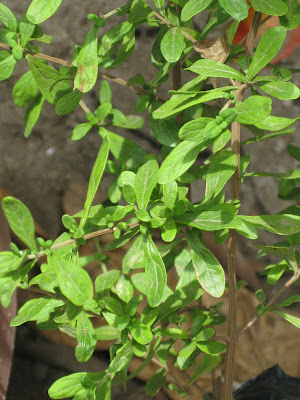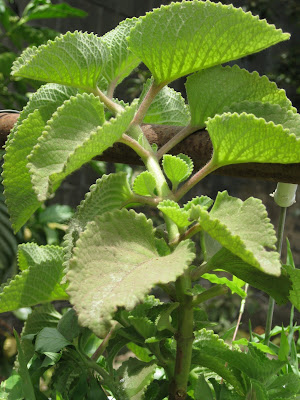This is coming from a gal who consciously avoids ants on the sidewalk; who painstakingly removes spiders from inside the house in a jar in order to release them outdoors; a firm believer in karma!
Everything changed when i met Enemy #1
Enter the aptly if not creatively named Squash Bug: a pest who lives to suck the juices out of poor innocent squash, cucumber, and melon plants, reducing them to shriveled yellow shells of their former selves. In larger more-developed plants, the squash bug may only cause minor damage. However smaller, weaker plants are lambs to the slaughter, which i fear is the case with my yellow saffron summer squash, pictured here:
 At first hesitant to blame the colorful cheery little buggers, internet research left no doubt: my squash was under attack. And the squash bugs were not acting alone. oh no.
At first hesitant to blame the colorful cheery little buggers, internet research left no doubt: my squash was under attack. And the squash bugs were not acting alone. oh no.Enter Enemy #2: Acalymma vittatum
Acalymma vittatum
Besting any of James Bond's femme fatales, Striped Cucumber Beetles dazzle and distract with their showy good looks all the while eating to death beloved yellow squash and zucchinis.
According to online garden advice, both of these pests are formidable enemies. Though i advanced with chemical warfare (my homemade garlic/chile spray) it was apparent that hand-to-hand combat was in order.
WARNING: THE FOLLOWING IMAGE MAY NOT BE SUITABLE FOR SENSITIVE VIEWERS
 Acalymma vittatum
Acalymma vittatumBesting any of James Bond's femme fatales, Striped Cucumber Beetles dazzle and distract with their showy good looks all the while eating to death beloved yellow squash and zucchinis.
According to online garden advice, both of these pests are formidable enemies. Though i advanced with chemical warfare (my homemade garlic/chile spray) it was apparent that hand-to-hand combat was in order.
WARNING: THE FOLLOWING IMAGE MAY NOT BE SUITABLE FOR SENSITIVE VIEWERS
HA! with rapid response time and spot-on hand-eye coordination, a squash bug meets its demise
 A once-timid bodhisattva, i am transformed into a bloodthirsty killing machine.
A once-timid bodhisattva, i am transformed into a bloodthirsty killing machine.From what I understand, organic pest control is not hugely successful with either of these pests. In the squash foto above, see the wooden boards i set out as traps--if i get to the farm early enough in the morning, the squash bugs that were lured into my trap are an easy kill. Otherwise, i really am spraying a yummy garlic/chile mixture that is washed off every night in heavy rains :(
Anyone have advice? Is there any more i can do? In a climate where the season never really "ends," i'm nervous that the pest populations may continue ad nauseam....

















